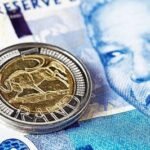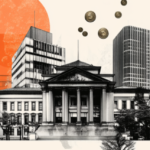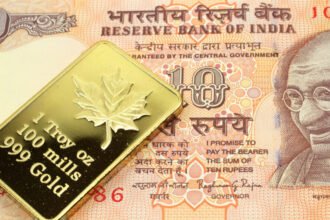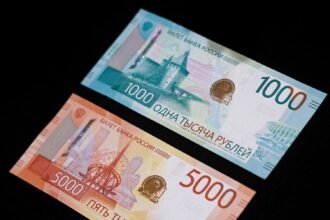This Saturday, September 13, 2025, the black market for foreign currency in Cuba has stabilized, following a tumultuous week of rising rates that further weakened the Cuban peso against foreign currencies. Current reference rates indicate that the United States dollar (USD) is holding at 420 Cuban pesos (CUP), the euro (EUR) is at 470 CUP, and the Freely Convertible Currency (MLC) stands at 200 CUP.
Informal Exchange Rates in Cuba
Saturday, September 13, 2025 – 06:00 AM
Exchange rate of the dollar (USD) to Cuban pesos (CUP): 420 CUP
Exchange rate of the euro (EUR) to Cuban pesos (CUP): 470 CUP
Exchange rate of the MLC to Cuban pesos (CUP): 200 CUP
Although today’s figures do not set a new record, they underscore a scenario where the Cuban peso has undergone a significant depreciation in just a week. The dollar increased from 411 CUP last Saturday to the current 420 CUP; the euro, which was at 460 CUP, rose to 470 CUP; and the MLC climbed from 193 to 200 CUP. Overall, these rates have gained between 7 and 10 CUP against the peso, indicating a persistent upward trend.
The most drastic changes began on September 11, when foreign currencies abruptly ended their previous stability and surged within hours. Since then, the market has shown signs of consolidation, maintaining the newly reached values and testing a new psychological threshold that profoundly affects household economies.
This behavior highlights the lack of confidence in the national currency and the increasing demand pressure for foreign currency, driven both by the need to purchase goods in dollarized stores and to facilitate remittances, travel, or international transactions.
The recent stability over the past two days does not equate to a genuine relief; rather, it suggests a pause in the upward climb, with no signs of the peso gaining value in the near future. Meanwhile, the gap between the official and black market rates continues to widen, exposing the ineffectiveness of the government’s monetary policies and forcing citizens to resort to an increasingly expensive illegal market to meet their daily needs.
Cuba’s Black Market Currency Dynamics
Why has the Cuban peso depreciated so rapidly?
The rapid depreciation of the Cuban peso can be attributed to a lack of confidence in the national currency and a surge in demand for foreign currencies, which are needed for purchases in dollarized stores and international transactions.
What impact does the currency black market have on Cuban households?
The currency black market significantly affects Cuban households by creating a financial strain as they pay higher rates for foreign currencies, which are essential for everyday transactions and maintaining their standard of living.
How does the disparity between official and black market rates affect the economy?
The growing disparity between official and black market rates undermines monetary policy effectiveness, forcing people to rely on illegal channels to fulfill their currency needs, thereby exacerbating economic instability.





















